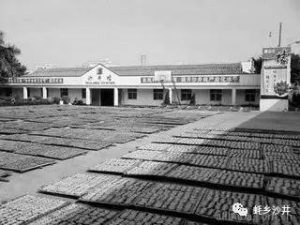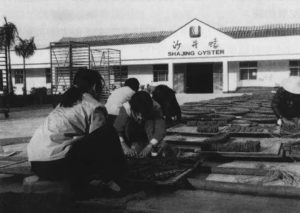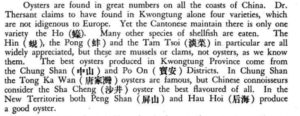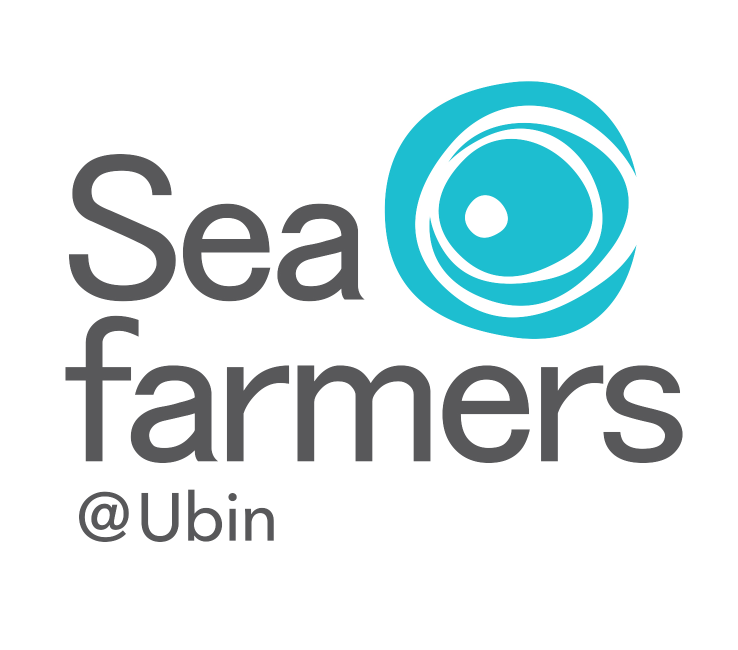This oyster story started decades ago
We humans love to eat oysters. And the appetite for oysters is still increasing witnessed by the many oyster bars that are sprawling up around us. The earliest signs of fresh oysters on man's menu date back some 164,000 years ago to a cave in Africa. We may wonder how the early humans ate oysters. While that remains a mystery, we have a better idea of how oysters were enjoyed a few hundreds years ago.
In the 17th century, a plate of shucked oysters made a frequent appearance on still lives by Dutch painters. These oysters were consumed raw with a dash of pepper and perhaps a squeeze of a lemon. Oysters were seen as a delicacy and considered a powerful aphrodisiac.
In China however, oysters were not eaten raw, but rather boiled and then dried. Until today dried oysters are known to be a delicacy. "Dried oysters" in the Chinese language have an auspicious meaning and therefore often eaten during festivities such as Chinese New Year.


The Chinese farmed oysters as far back as in the Song Dynasty (960-1279). The first artificially grown oysters were grown on shafts that were planted into the ocean.
Po-On (Bao An), China, once had a flourishing oyster growing community famed for producing the finest oysters in the Asian region.

It is here where the Mok family passed on the trade from one generation to the next. Oyster shells were used as cultch providing a substrate in the waters of Deep Bay for oyster larvae to attach. Strictly, only men were allowed on the farms, as they would strip down to plant the cultch on the seabed. The women would stay on shore and took care of the shucking, cooking and drying of the oysters.
Unfortunately, this tradition was broken when in 1947 the communists came to power, seizing land and sea. Together with many other farmers, Mok’s family eventually lost possession of their generations’ old oyster field. He died at a young age, leaving behind his wife and 2 sons. But the story was not meant to end here.
Fast forward 7 decades, 2600 kilometers away from Po-On, Mok’s granddaughter has set out her journey to follow her ancestral roots and resurrect the oyster industry …. in Singapore.
2015 marks the year that she took over a defunct coastal farm in Singapore off the shores of Pulau Ubin. Times have changed and a new era has emerged that calls for new farming methods to satisfy the ever-rising demand for high quality fresh live oysters.
A totally changed industry, a completely different climate, zero knowledge transfer,... A daunting task awaits.
Learn more about why our farmed oysters are better.
Taste of the sea from Through the Lens on Vimeo.
